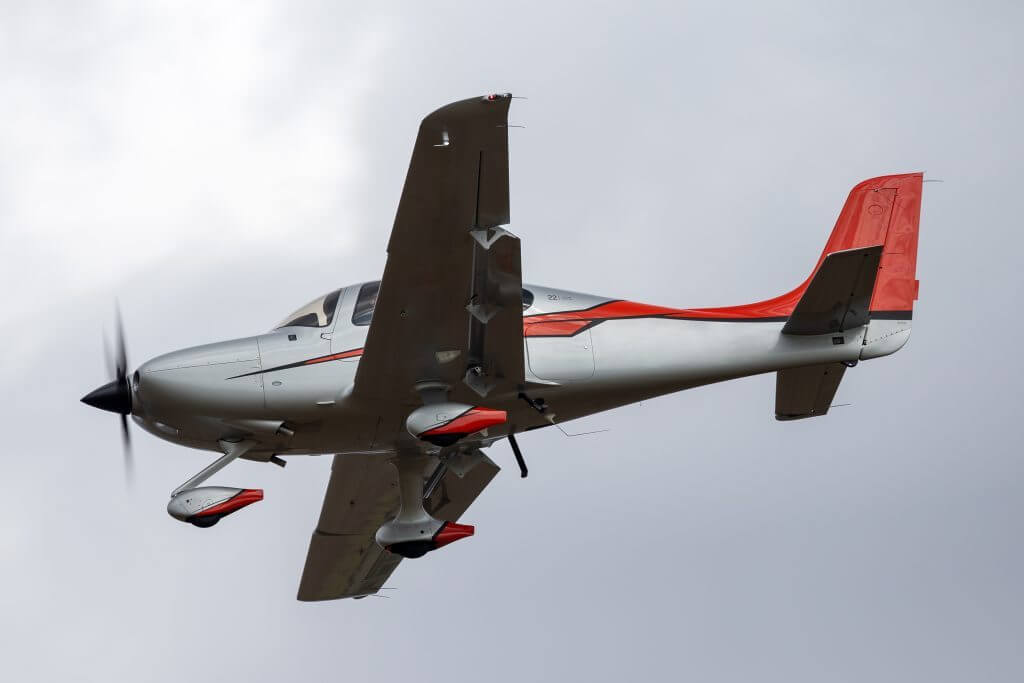
You already know your Cirrus SR22 is different. It flies faster. It trains smarter. It protects better.
But what about your insurance policy?
At BWI, we’ve insured thousands of Cirrus aircraft, many of them SR22s and SR22Ts, and we’ve reviewed just as many quotes written by brokers who don’t specialize in Cirrus.
Here’s the truth: Most brokers miss critical details that can cost you money, limit your liability options, or slow down your quote process.
So let’s fix that. Below are the top five SR22 insurance details your broker might be missing, and what to do about it.
1. Counting SR20 Time Toward Your SR22 Quote
This is probably the most common, and frustrating, miss we see.
If you trained in an SR20 before moving into your SR22, your time can and often should be counted as relevant make/model experience. Many Cirrus-savvy underwriters allow time from SR20 and other similar TAA (technically advanced aircraft) to count toward quote eligibility.
But here’s the kicker. Your broker has to submit that time correctly. If they just write “20 hours SR22” and ignore your 40 hours in an SR20, you might be overpaying or getting passed over for better carriers.
2. Not Reporting Your CSIP, Embark, or Recurrent Training
Pilots invest a lot of time and money into staying sharp, and factory-endorsed training programs like CSIP or Embark are the gold standard.
Underwriters look favorably on those credentials, but if your broker doesn’t attach a logbook entry, or training certificate, or mention your recurrent sim hours in their submission, the underwriter won’t know.
Pro tip: If you’ve trained, submit the evidence.
We’ve helped pilots reduce liability restrictions and even qualify for smooth coverage simply by presenting the right training documentation.
3. Only Quoting One Underwriter
In the general insurance world, it’s common for brokers to rely on just one or two carriers. But in aviation insurance, and especially in the Cirrus space, you need to shop your risk to multiple A+ rated underwriters.
Why?
Because different underwriters value different training paths, rate liability differently, apply different deductibles and respond faster (or slower) based on use case.
At BWI, we quote all Cirrus submissions with multiple underwriters. That means we can compare not just price, but training requirements, liability options, and policy structure.
4. Not Structuring the Right Open Pilot Warranty
The open pilot warranty (OPW) lets someone else legally fly your aircraft without being named on the policy, within defined limits (usually hours, license type, and time in make/model).
But a poorly structured OPW can leave your CFI exposed, violate coverage if a backup pilot hops in, or prevent shared flying or transition flights.
Your broker should know how to request the right OPW language for your specific mission, whether that includes solo flying, flight instruction, or occasional co-ownership.
5. Missing Business or Instruction Use Endorsements
Not all flying is purely personal. We’ve seen pilots using their SR22 for commuting, consulting, or even reimbursed business use, but still carrying a personal-only policy.
If you’re flying under Part 91 but using the aircraft for business purposes, you may need a business use endorsement or different liability limits.
And if you occasionally instruct in your Cirrus? Your policy needs to reflect that too.
Always be upfront with your broker. A good one will ask the right questions. A great one will already know what to ask.
What to Do Next
If you’ve already got a policy and want a second opinion, or if you’re getting ready to renew, this is the perfect time to do a coverage review.
At BWI, we will walk you through every step. This includes:
- Reviewing your current coverage
- Restructuring where needed
- Submitting your time and training the right way
- Quoting across multiple carriers
- Turing it all around in under 24 hours (for most SR22s)
Call (800) 666-4359 or click below to request your personalized Cirrus SR22 quote.
GET A CIRRUS SR22 QUOTE
Continue Reading


